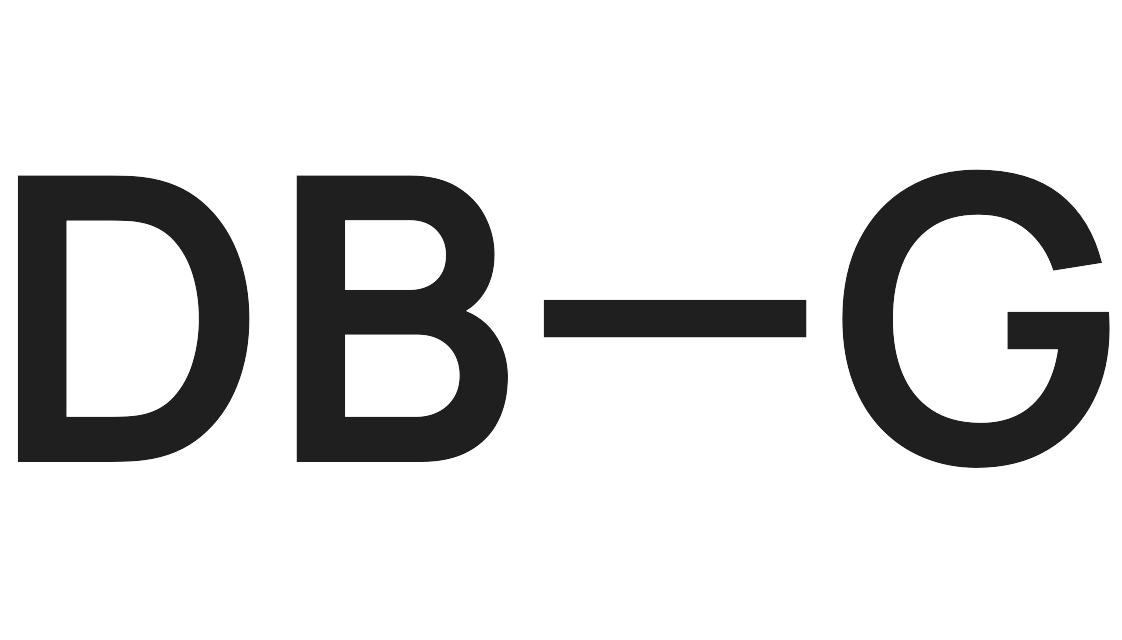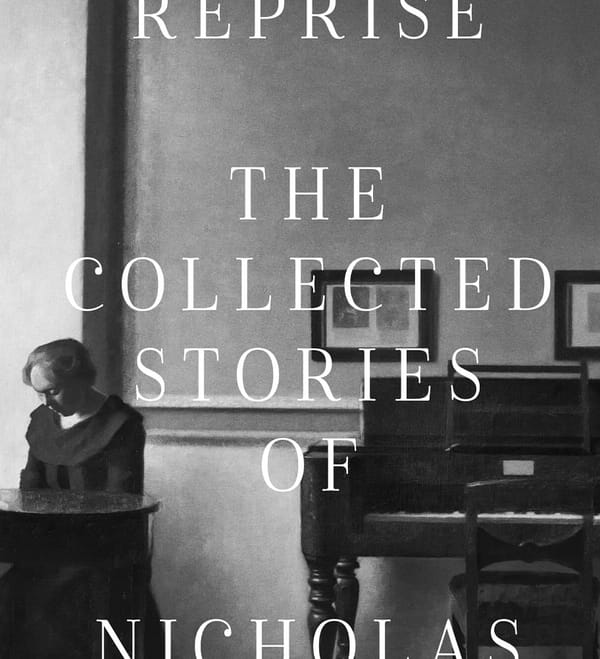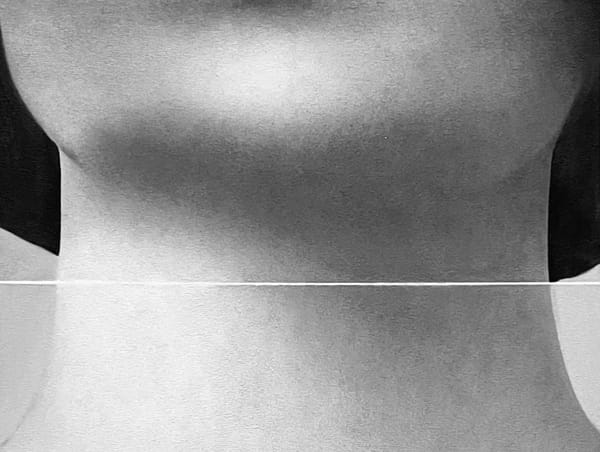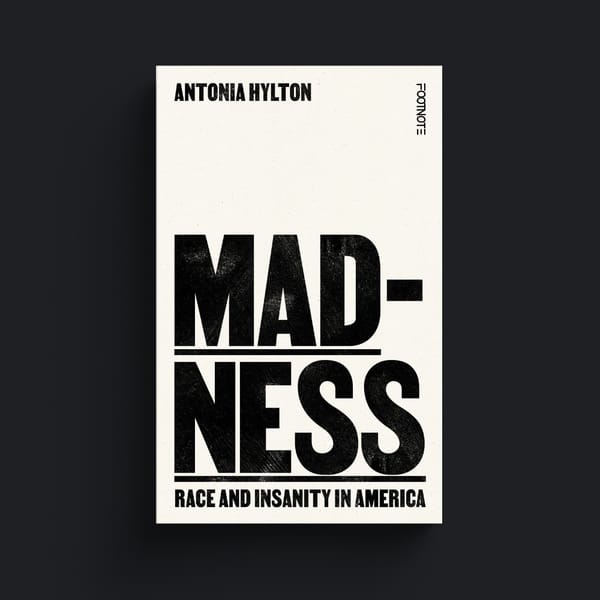Placement
Advertising is seeping into TV shows and films like never before. But when does product placement become too much?
There are many reasons why the latest Stephen King TV adaptation, Under the Dome, is an infuriating show to watch. Ignoring the whole point of the source material and slavishly learning all the wrong lessons from Lost are up there, but nothing irks quite as much as the heavy-handed product placement (or rather "brand sponsorship") on display.
A quick synopsis: a mysterious giant dome appears out of nowhere and plonks itself over a small American town populated entirely by Microsoft and Prius devotees. Over a dozen or so episodes, some stuff happens and be-Windowed phones and tablets are waved around willy-nilly. Everyone has one. Apparently there is no situation that can't be solved with a swipe or two of a Surface home screen. And never mind the fact they've been cut off from the rest of civilisation, electricity and mobile reception is apparently abundant. Forget dramatic internal logic, it's all just one great big advert.
We're starting to see more and more of this in the UK, ever since product placement rules were relaxed in 2011. Companies can now pay to have their brands included within the content of a programme. Shows that have opted for a spot of filthy lucre are indicated by an (ironically subliminal) "P" symbol. Here be products. As much as we may like to skip the commercial breaks with our smart little TV contraptions, advertising is one step ahead of us, seeping into the programming.
So far, it's all been a bit clunky. Brands are pushed front and centre at any given opportunity, the camera lingering on them just that little bit too long. Lifestyle and cookery programming in particular hasn't held back, with shows like Jamie Cooks A Three Course Meal Solely With Uncle Ben's Rice making for uncomfortable viewing. Whether it's working for the brands is questionable, but it's certainly broadening the divide between commercial television and the BBC – the brandless Great British Bake Off makes for a nice break from all this selling.
As jarring as the new commercial arena may seem to older viewers (I remember when it was just three channels and the snooker was in black and white etc.), the youth audience is perfectly accustomed to it. Hollyoaks, for example, is little more than a shop window of mannequins selling music and fashion and their own calendars. And the kids love it. Shameless promotion is just part of the experience, just another blip on another screen.
The type of placement littered throughout Under the Dome will soon seem rather quaint. First of all, it's indiscriminately heavy-handed. Never mind demographics, let's just put Microsoft devices into the hands of everybody – the ubiquity looks ridiculous. Are corrupt politicians, murderers and morons really who you want to demonstrate your wares?
Second, if it impedes the drama too much, audiences will simply switch over. Towards the end of the first season, one tense rescue sequence in Under the Dome was brought to a complete standstill as characters stopped to charge up their Prius! It's easy to imagine the cast and crew wincing whilst filming that. Both the programme and the brand come off looking laughable and desperate.
For real old school "brand furnishing" though, look outside of Microsoft's dome: Netflix's House of Cards. Engadget recently observed a total of nine – NINE – Apple products in one shot alone.
The audience is savvy to this sort of thing; the audience is distracted. There's a fine line between promoting brand recognition and creating brand resentment. Programme makers and advertisers are going to have to work a lot smarter to make those logos work on screen.
If unpacking a shipment of things and plonking them on your actors and in front of the camera is yesterday's approach, digital product placement is tomorrow's. Companies such as MirriAd offer the means to place products into scenes after they've been filmed. This technology has already been field tested in die hard Australian soap Home & Away – pizza boxes, soda bottles, entire billboards have been inserted into scenes. These products can easily be swapped out for different territories, different time slots, different audiences. Products don't have to be woven into the production and set in stone; the sets and characters are temporary billboards available to the highest bidder.
MirriAd's promotional reel ends on one telling shot, showing us the road down which this technology will take us: a rain-soaked couple, Audrey Hepburn and George Peppard, embrace in front of a 1960s New York storefront. Yes, it’s the final shot of Breakfast at Tiffany's. A classic, untouchable, surely a film out of reach of today's product placers?
No.
Up until last year, that storefront in the background sported a rather generic "Pawn Brokers" sign. A non-brand, generic, unprofitable. And now, thanks to digital product placement, replaceable. The sign now reads "General Electric”. It's sacrilege, yes, but it's incredibly well-executed sacrilege. You really can't see the joins. Putting Audrey Hepburn into your advert is one thing, but what if you could put your advert behind Audrey Hepburn?
This is just the beginning. Soon, brands will seamlessly permeate television and film, both old and new. Not distracting, not obnoxious, but totally effective. Everything can be blank canvas now. Everything can be "P". Everything can be under the dome.
Originally for Monotype’s Brand Perfect




